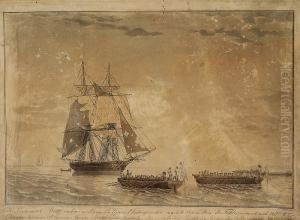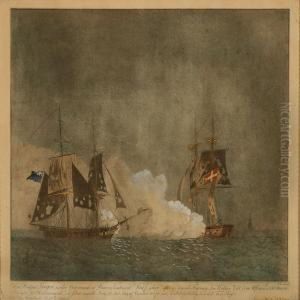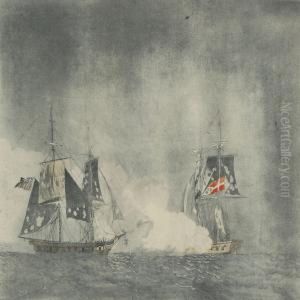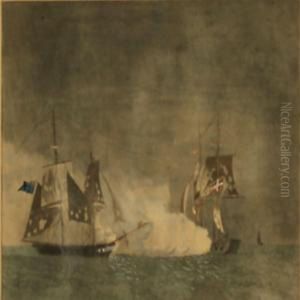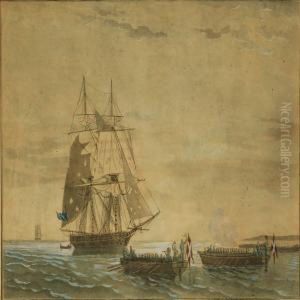Niels Truslew Paintings
Niels Truslew was a Danish artist noted for his contributions to painting and illustration, born in 1867 and passing away in 1949. His career spanned a period of significant change in the arts in Denmark and Europe, as movements like Impressionism and later Modernism began to take hold. Truslew's work, however, often retained elements of the more traditional approaches, focusing on landscapes, portraits, and narrative scenes that showcased his technical skill and attention to detail.
Truslew studied at the Royal Danish Academy of Fine Arts, an institution renowned for nurturing some of the most prominent Danish artists of the 19th and 20th centuries. His education there grounded him in the classical traditions of painting, which would serve as the foundation for his later explorations in style and subject matter. Throughout his career, Truslew exhibited his work widely, both in Denmark and internationally, gaining recognition for his distinct voice within the Danish art scene.
Although less known today compared to some of his contemporaries, Truslew's contributions to Danish art have not been forgotten. His works are part of several museum collections in Denmark and have been featured in retrospective exhibitions that aim to highlight the diversity of Danish art in the period. Truslew's illustrations, particularly those for books and magazines, are noted for their charm and wit, offering a lighter counterpoint to his more formal canvas works.
The legacy of Niels Truslew lies not just in his artistic output but in the subtle influence he had on the generations that followed. By bridging the traditional with the new, Truslew's work provides a fascinating insight into the evolution of Danish art at a time of great change. His death in 1949 marked the end of an era, but his work continues to be appreciated for its beauty, technique, and historical value.
